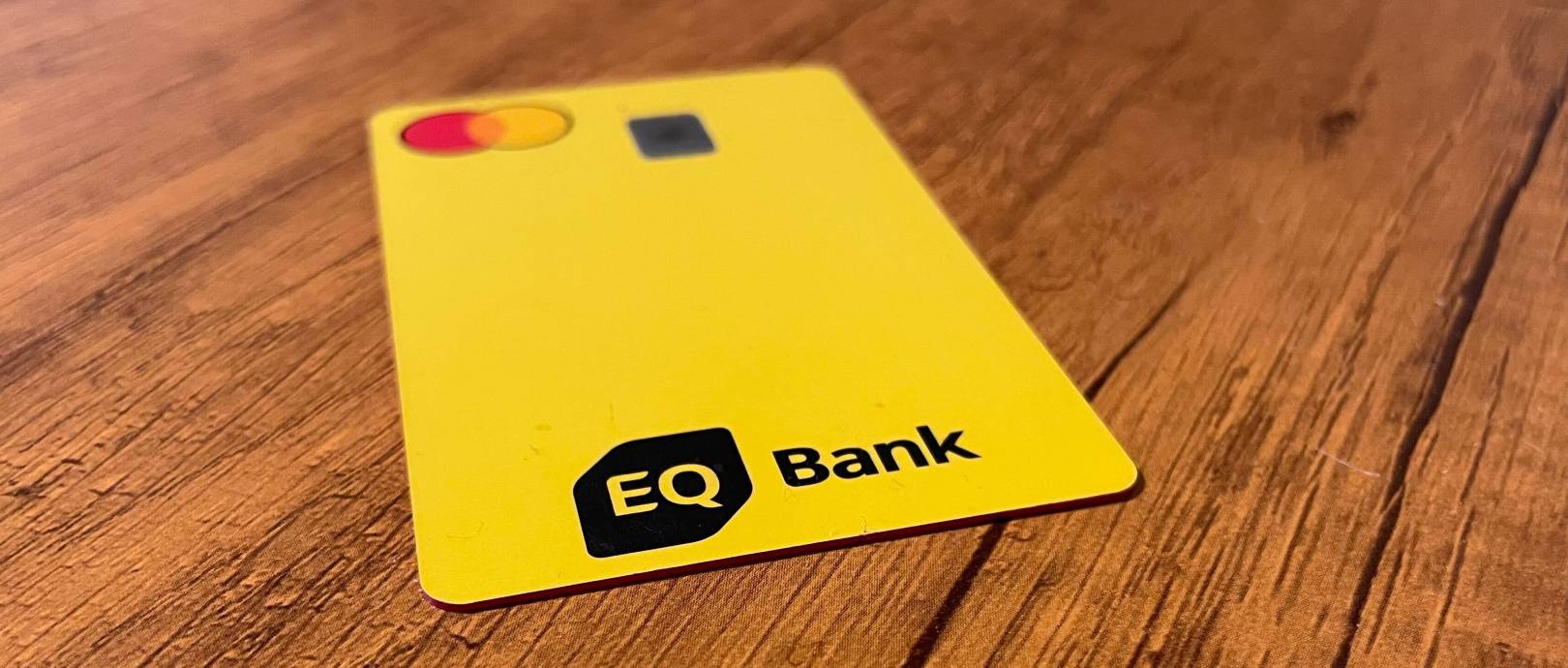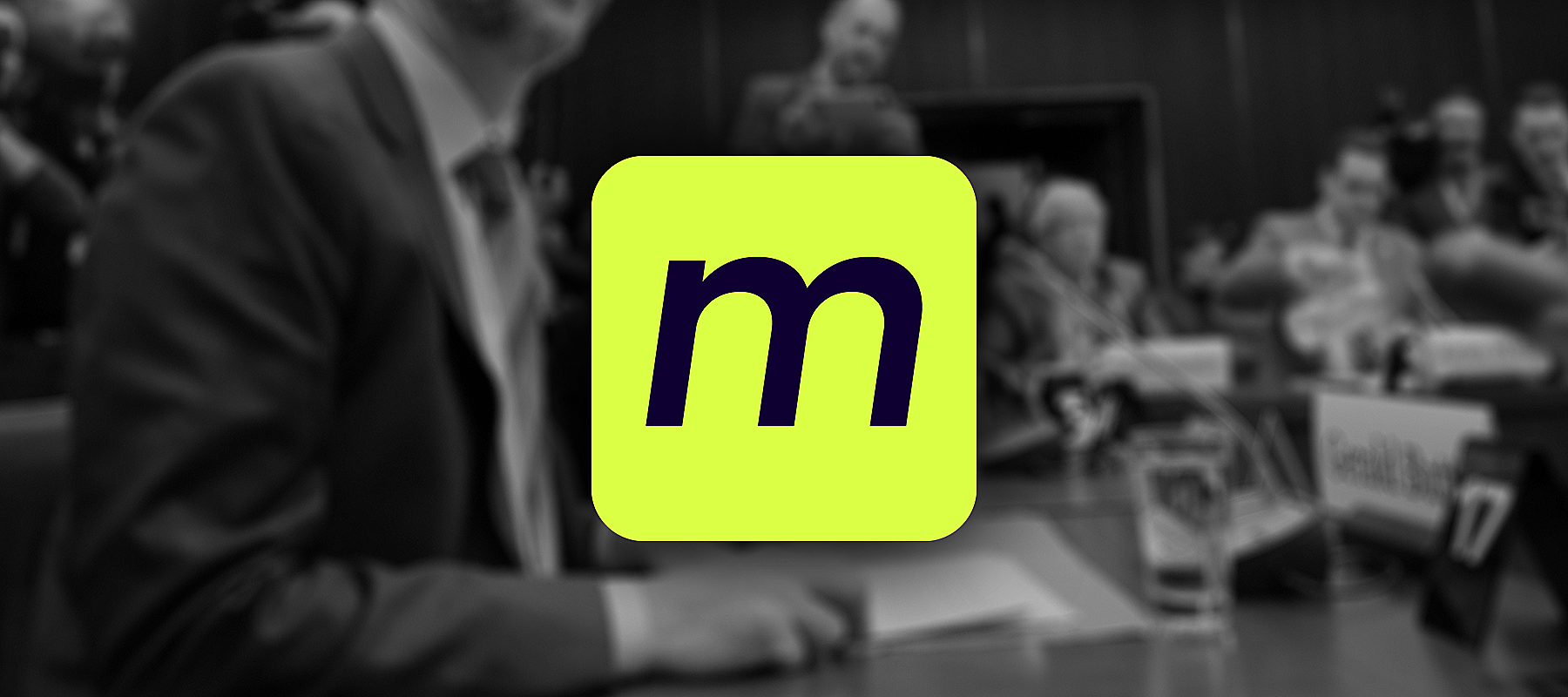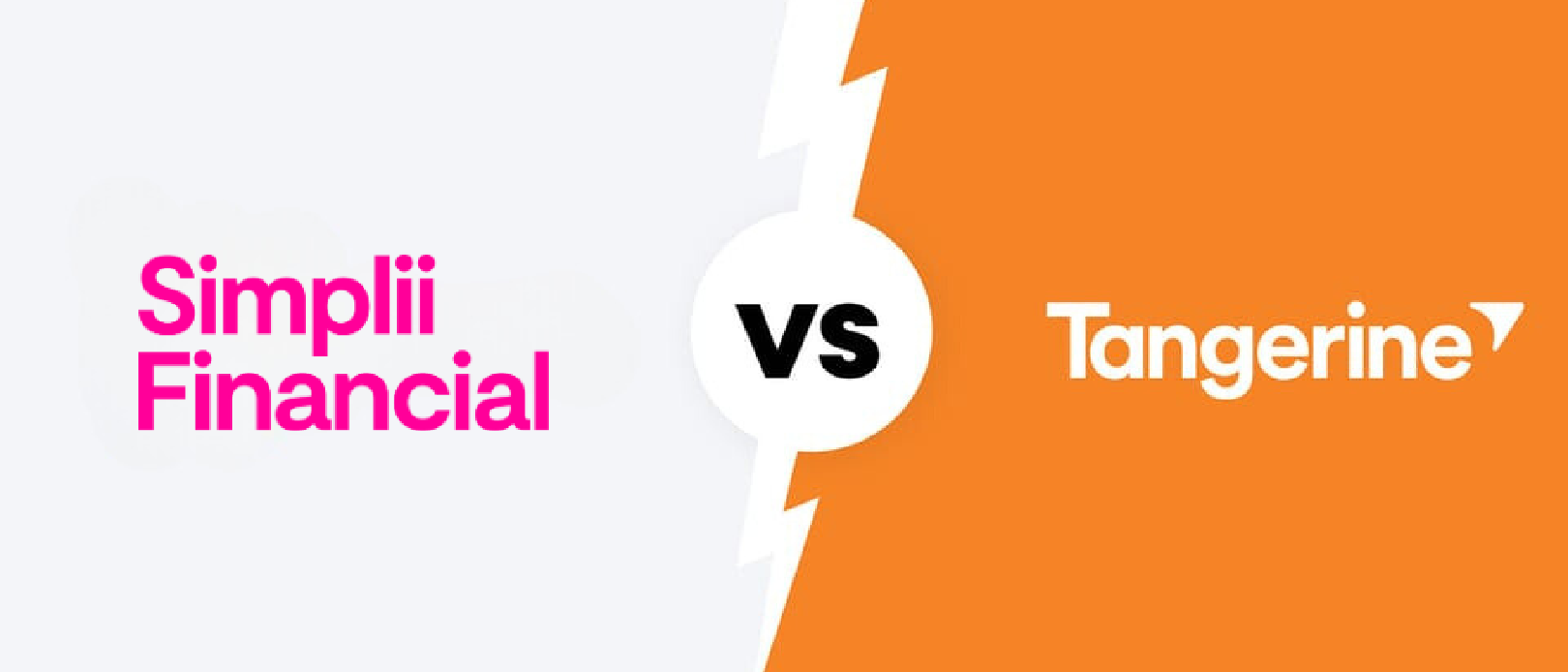While stashing your cash under your mattress is always an option for saving your money, most people take a different approach.
With more than 99% of Canadian adults holding a bank account, Canada has one of the most accessible banking systems globally, according to a 2023 report from the Canadian Bankers Association. But, just because most people use a bank, it doesn’t mean they know everything about how banks work — and it doesn’t mean they have the right banking partner for them.
Many people stick with the same banking institution their whole lives just because it’s familiar, even if that institution pays practically nothing in interest or doesn’t offer the right services for them.
So take a look around: With the right info, you can make sure your cash is hustling for you instead of hiding under the sheets all day.
What is banking?
Simply put, banking refers to the business that financial institutions carry out and the services they offer. Those institutions are designed to manage consumers’ cash and borrowing transactions, among other things.
What is a bank?
Banks are for-profit organizations owned by investors. The main goal of a bank is to make money for the investors — and unlike with a credit union, you’re not a bank "member," which means you have no say in bank policies.
Banks don’t restrict eligibility to certain groups of people. Anyone who lives in a bank's serviceable area can open an account and become a customer.
Banks can be broken down into online-only operations and brick-and-mortar institutions. Online banks are completely virtual and have few or no physical locations. While they can’t offer face-to-face service like brick-and-mortar banks, their lower overhead typically allows them to offer better rates.
Getting the most out of your bank account is a lot easier when you know your options.
Types of bank accounts
Here are the most common types of accounts, which most banks offer to help people manage spending, minimize fees and reach their savings goals.
Savings accounts
A savings account is a type of bank account that pays interest on the money you deposit, which is also referred to as the principal. Often, people who open a savings account will also have a separate chequing account for their everyday banking needs. It typically provides a convenient and prompt way to withdraw and transfer funds.
More: Learn about savings accounts
High interest savings accounts
A high interest savings account (HISA) is a savings account that pays out a higher interest rate than traditional savings or chequing accounts. However, HISAs are less flexible than regular savings accounts and interest rates are dependent on and affected by the Bank of Canada rate. They are a good choice for short-term investment.
More: Learn about high interest savings accounts
Chequing accounts
A basic chequing account is a simple product many consumers use for everyday tasks like depositing pay cheques, making cash withdrawals and transferring funds.
You can write a cheque to pay for things using your checking account, but most users today prefer to use a debit card or withdraw cash at an ATM.
Modern banks also offer convenient online bill-pay services, mobile check deposits and 24/7 services and customer support.
Some accounts are free, while others will charge a fee. That fee may be waived if you maintain a certain minimum balance.
More: Learn about chequing accounts
Hybrid accounts
A hybrid bank account combines the benefits of a high-interest savings account and a chequing account. With a hybrid bank account, you can enjoy the higher interest rate of a HISA while still having the flexibility to use your funds for daily transactions. You can use your hybrid bank account to grow your money with interest, or as a fully functional chequing account for debit payments, withdrawals, Interac e-transfers, bill payments and more.
GICs (Guaranteed Investment Certificates)
Guaranteed Investment Certificates (GICs) are a type of investment that prioritizes security. With a GIC, you’re guaranteed to receive your initial investment back at the end of the term, plus interest. The primary difference between GICs and term deposits is the length of the term. GICs tend to have longer terms than term deposits.
More: What is a GIC?
TFSAs
A TFSA, or Tax-Free Savings Account, is a registered savings account that offers significant tax advantages. By holding qualified investments in the account, you can generate interest, capital gains, and dividends tax-free. This makes it an attractive option for individuals who want to save money without incurring tax liabilities. You can withdraw from a TFSA at any time with no penalty.
More: What is a TFSA?
RRSPs
A Registered Retirement Savings Plan (RRSP) is an account in which you can save money for retirement. When you contribute to an RRSP, the funds you put in are not subject to taxation in the year you make the contribution, making it a tax-advantaged investment option. Withdrawals from RRSPs are taxed as income.
More: What is a registered retirement savings plan (RRSP)?
RESPs
An RESP is an investment account that allows family members and friends to contribute funds towards a child's education. The money invested in this account will grow tax-free, and may also be eligible for government contributions, such as the Canada Education Savings Grant (CESG) and the Canada Learning Bond (CLB). There are three different types of RESP plans: the Family Plan, the Individual Plan, and the Group Plan. The ideal plan for your child will depend on your family's unique needs.
More: What is a registered education savings plan (RESP)?
Banking basics
Canada boasts a strong banking system that is home to both domestic and international banks. Canadians have access to a range of different account types, including savings, chequing, and business accounts, to help them manage their finances. Some accounts have fees, minimum balance requirements, or a range of features and benefits.
More: Banking basics
Banking FAQs
Disclaimer
The content provided on Money.ca is information to help users become financially literate. It is neither tax nor legal advice, is not intended to be relied upon as a forecast, research or investment advice, and is not a recommendation, offer or solicitation to buy or sell any securities or to adopt any investment strategy. Tax, investment and all other decisions should be made, as appropriate, only with guidance from a qualified professional. We make no representation or warranty of any kind, either express or implied, with respect to the data provided, the timeliness thereof, the results to be obtained by the use thereof or any other matter.


-1706629090.png)


-1706628902.png)